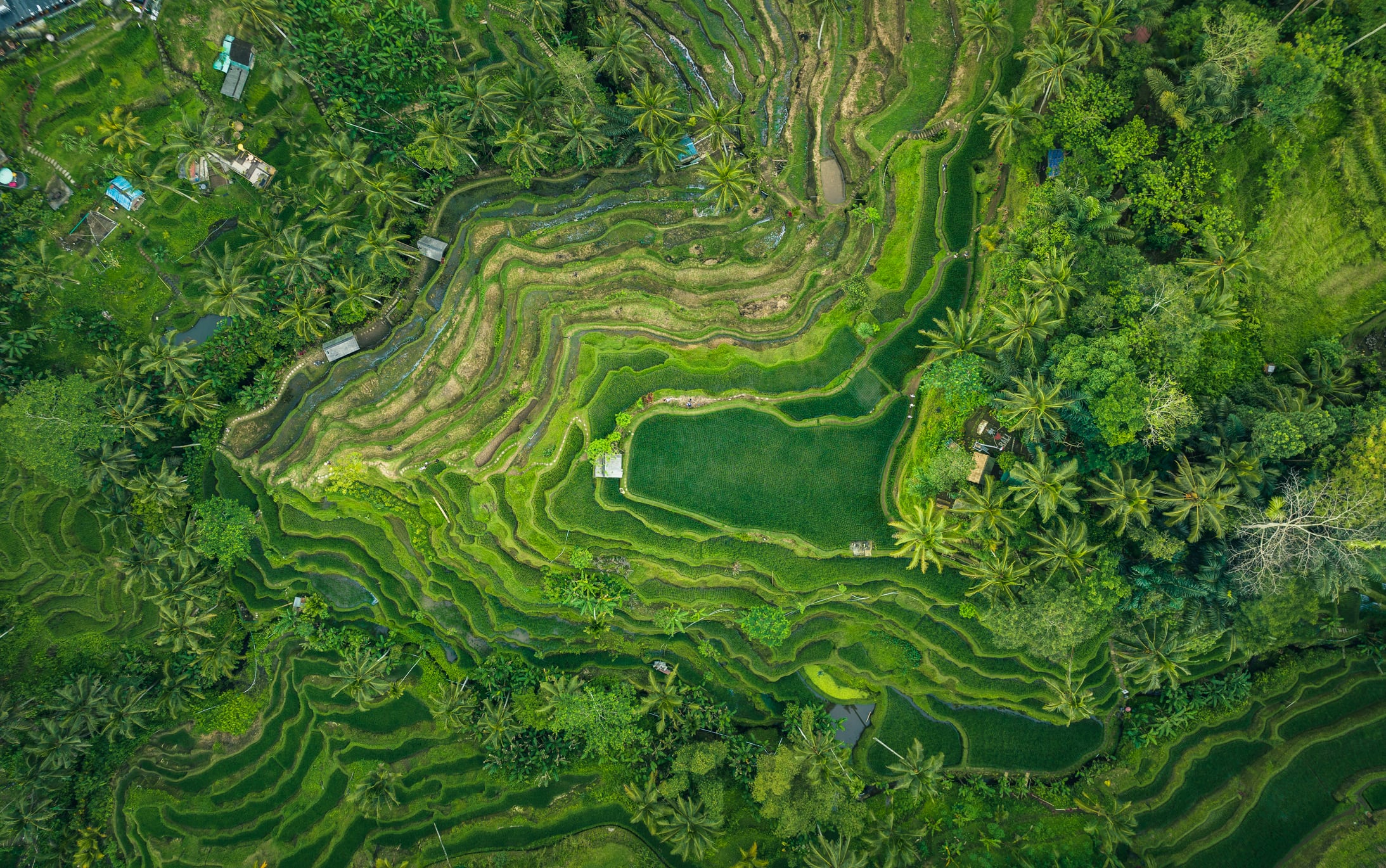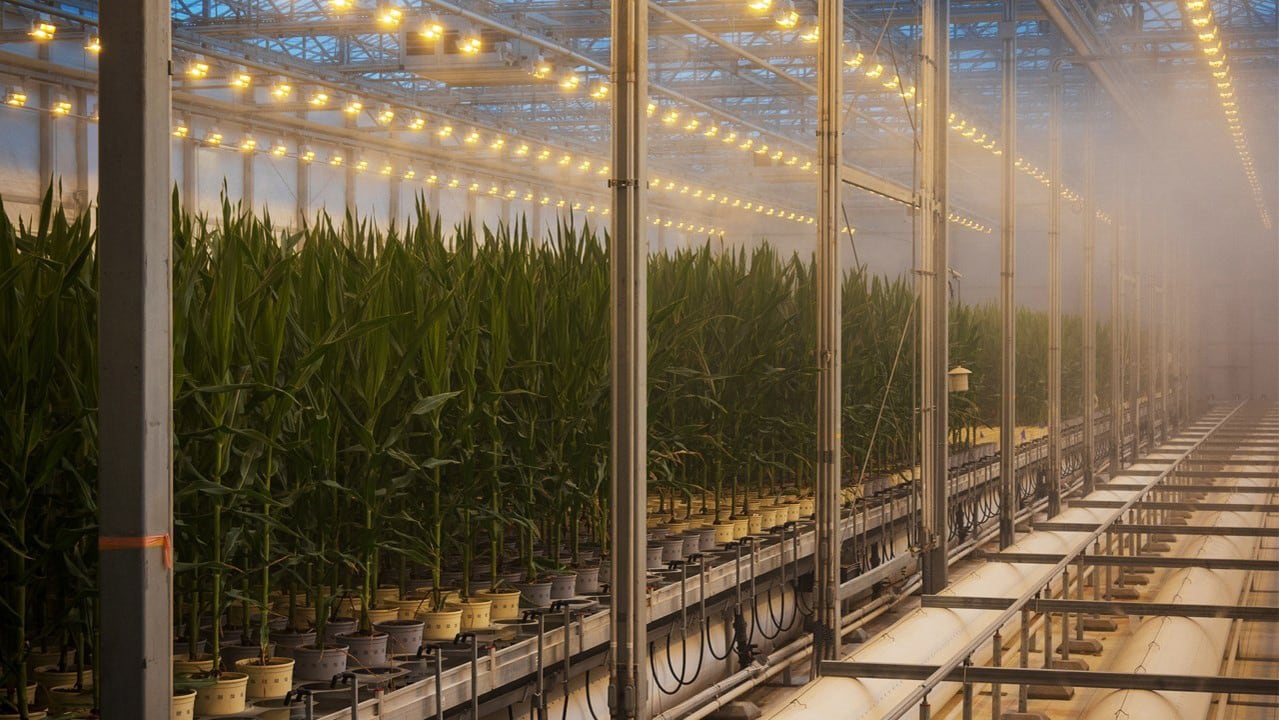Agroecology is essentially the use of ecological and social principles in agriculture and food systems, often exemplified as the introduction of natural flora into agricultural land to improve sustainability – e.g. having patches of rainforest amidst oil palm trees in a plantation.
This practice is also believed to have a positive impact on agriculture crop yields due to the presence of naturally-occurring fauna within the natural flora including predator species that can target pests dangerous to the crops.
“In general, experts suggest that there be at least a 10% threshold of semi-natural or natural habitats found within intensive agriculture landscapes in order to meet sustainable production goals and the targets of the Global Biodiversity Framework,” Professor Lynn Dicks from the University of Cambridge told the floor at the recent International Conference on Oil Palm and Environment (ICOPE) 2025.
“Our findings have indeed shown that biodiversity in natural habitats are better than in an agriculture landscape, and within agriculture landscapes this tends to be better in agroecological versus agrochemical environments.
“We have seen this across multiple geographies such as India, Indonesia and China, and also that even the small patches strategy (where small patches of native vegetation are planted within a plantation/farm) can offer not only environmental but also yield benefits.”
Prof Dicks cited case studies in Indonesia where within oil palm plantations, several oil palm trees were removed in patches and then one to six different native trees were planted in their place, making up about 5% of the entire plantation area.
“The results showed that plantations with these tree islands showed higher yield, and this was highest on the fringe areas between the oil palm trees and the native trees, showing that there can indeed be positive impacts on palm oil yield,” she added.
“Another case study in China saw the planting of flower strips in peanut fields, where the flowers were designed to be conducive for some predator species like ladybirds, and the yields went up correspondingly as well.
“These predator species tend to eat the aphids which are damaging to crops, so we believe that the yields went up as a result of this strategy - What we can say for sure is that by using agroecology to replace just 4% to 5% of the farmland we have seen overall no loss of yield.”
However, she emphasised that these agroecological strategies should be conducted in collaboration with the right experts and the farmers, and not just done on an ad hoc basis.
“Right now the common question being asked is whether just replacing 5% of the farmland is enough, and we don’t know the answer to this yet, but we know that the results can be different and have varying impacts on crop yields, so requires careful consideration and implementation,” she said.
“Another study on rice-dominated landscapes in India showed that this strategy yielded better biodiversity numbers, but unfortunately the crop yield decreased – meaning that the implementation here caused a loss in rice production.
“What this shows us is that there are different thresholds that need to be identified for different crops in different locations, and there needs to be close consideration of relevant markers [to ensure that there are no negative impacts].”
Still better than agrochemical
That said, she also stated that agroecological approaches have been found to hold benefits in their own right when compared with agrochemical ones.
“The profits made from farms or plantations that utilise agroecology were still generally more than that made from agrochemical fields, and this shows us that there is more to this approach that we need to understand, from soil to water utilisation and more,” she added.
“The conclusion here is really that this technique is theoretically applicable as-is, but in practicality it is not as straightforward as many might think. It has the potential to produce food efficiently and maintain high yields per unit area whilst also improving biodiversity, but it is not easy and agroecological techniques need careful co-design and testing in all contexts.
“It is also important to note that large areas of natural habitats remain essential to biodiversity conservation and must not be compromised in the name of ‘more sustainable’ farming.”





